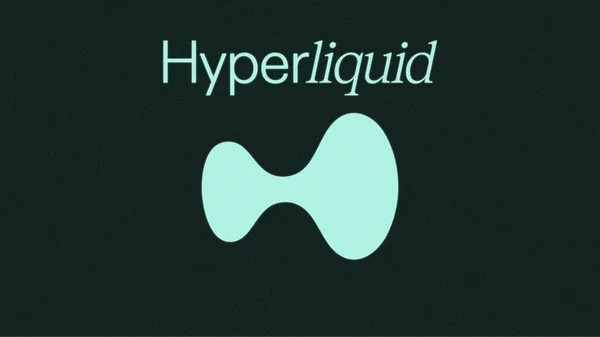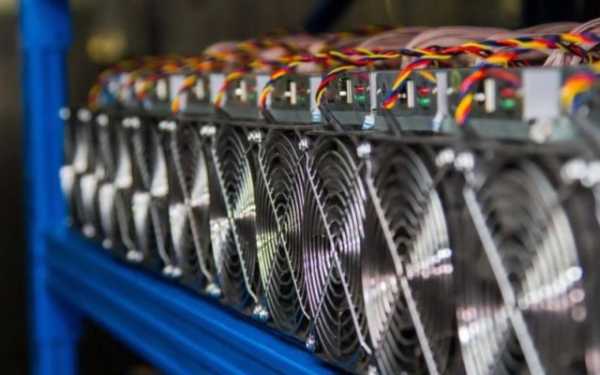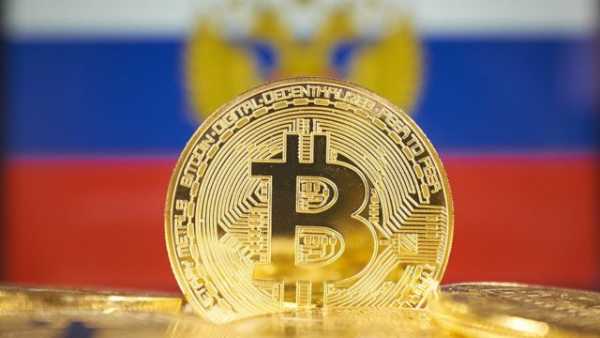What you need to know about the Hyperliquid platform

The editors do not provide investment advice; this material is published for informational purposes only. Cryptocurrency is a volatile asset that can lead to financial losses.
Hyperliquid is a decentralized crypto trading platform in the Perp DEX category, launched in 2024. Unlike similar previous-generation solutions (GMX or dYdX), Hyperliquid was created from the ground up not just as a decentralized exchange, but as a full-fledged, high-performance on-chain trading infrastructure. Simply put, it is both a full-fledged trading platform and a blockchain network of the same name, writes RBC Crypto.
The platform supports spot and futures trading, develops an entire product ecosystem, and introduces new formats, such as prediction markets similar to Polymarket. Since September 2025, the project has had its own stablecoin, USDH.
Hyperliquid positions itself as an on-chain alternative to traditional (centralized) crypto exchanges: all trades are processed through smart contracts, users connect through a Web3 wallet like MetaMask or Rabby, and trade without having to transfer funds to the exchange for management.
Hyperliquid as a network
Hyperliquid as a network is a layer-one blockchain designed specifically for high-performance cryptoasset trading. The network architecture consists of two key components: HyperCore and HyperEVM .
HyperCore serves as the trading engine: order placement and execution, margin calculations, and trade finalization. All processes are implemented entirely on-chain using a clear order book (CLOB), distinguishing the platform from previous generation decentralized exchanges like Uniswap, which relied on an AMM model. This approach ensures high execution accuracy and market depth comparable to centralized platforms.
HyperEVM is an Ethereum-compatible smart contract layer that operates on the same consensus mechanism as HyperCore. This allows third-party DeFi applications to be integrated directly into the trading infrastructure.
The network uses its own HyperBFT algorithm, based on a modified version of the HotStuff protocol. According to the project, transaction execution latency is less than one second, and peak throughput reaches 200,000 transactions per second. As of September 2025, the network has 24 active validators.
Interface and user experience
Hyperliquid offers an interface and functionality comparable to leading centralized exchanges. The trading terminal is built on a familiar structure: an order book, charts, advanced order types (including limit, take profit, and stop loss), and technical analysis tools. Trades are executed almost instantly, with latency of just a fraction of a second.
Access to trading is provided through the Arbitrum network. To fund your USDC balance on the Arbitrum network, you must transfer funds to the Hyperliquid network. A limited-access “agent wallet” is then created. This agent wallet is intended solely for trading, does not support transfers, and its private key is stored locally. No signature is required when opening or closing positions—all transactions occur without delay, ensuring a seamless user experience.
Liquidity and trading volumes
As of mid-2025, Hyperliquid holds a leading position among decentralized platforms in terms of transaction volume and market depth. Daily trading volumes reach tens of billions of dollars, and as of July 2025, the platform accounted for approximately 65% of the total perpetual contract (perps) volume on the blockchain. At certain periods, its market share exceeded 75–80%.
The platform supports over 100 trading pairs, from major cryptocurrencies to low-liquidity assets. Thanks to a transparent (on-chain) order book, users have access to full market depth and a transparent trade execution mechanism. The presence of professional market makers and the launch of the HLP liquidity pool ensure low spreads and minimal slippage, even with large trading volumes on key assets.
The platform's total volume of locked funds (TVL) is approximately $2.7 billion as of September 2025, significantly exceeding competitors. This high capital concentration supports a stable market infrastructure with moderate fluctuations in funding rates, comparable to centralized exchanges like Binance.
Hyperliquid's financial structure
The Hyperliquid financial system consists of three key components: the support fund (AF) , the market maker pool HLP , and user vaults (Vaults) .
The AF (Assistance Fund) is the protocol's reserve fund, used to buy back and burn HYPE tokens, as well as to compensate users in unusual situations. For example, after an API outage in July 2025, the platform automatically compensated losses totaling approximately $2 million in USDC. Up to 93% of commission fees are directed to the AF, and another 7% to the HLP market-making pool.
HLP (Hyperliquidity Provider) is a protocol liquidity pool that acts as a market maker and a backup mechanism for liquidations. Any user can contribute to HLP, and revenue is distributed proportionally to their participation.
Vaults is a user-driven strategy system in which traders (Vault Leaders) manage depositors' funds and receive 10% of the profits if the strategy is successful. Income is distributed among participants proportionally to their deposits. The protocol charges no additional fees. Essentially, it's analogous to decentralized mutual funds or copy trading systems.
The Hyperliquid Team and Community
The Hyperliquid project is rapidly growing thanks to its engaged community and product focus. Its primary audience is concentrated in the US and Europe, and the platform maintains a strong social media presence and maintains leadership in the decentralized derivatives segment.
In November 2024, the team conducted an airdrop of the HYPE token, distributing 310 million tokens (31% of the total supply) among early users. Following the launch, the token reached a billion-dollar market cap, strengthening the project's reputation in the crypto community. User growth was driven by product quality and organic interest, without an active advertising campaign or venture capital support.
Hyperliquid was founded by Jeff Young, a former Hudson River Trading employee and Harvard graduate. The platform's team initially consisted of just 11 people, all with experience in high-frequency trading and financial services development. According to the developers, the project was self-funded from the start and did not raise venture capital to maintain independence and focus on the interests of its users.
Hyperliquid Growth Factors
Hyperliquid's growth is linked to several key milestones. In the initial phase, user interest was fueled by anticipation of the airdrop. Participants actively generated (“farmed”) trading volume in anticipation of rewards in the HYPE token.
The second phase occurred during a period of increasing pressure on major crypto exchanges in the US and Europe. Against this backdrop, some users switched to decentralized platforms, and Hyperliquid became one of the main beneficiaries.
The third driver was the launch of Build Codes, a tool for developers that allows them to launch their own products based on Hyperliquid's infrastructure and liquidity. For example, integrations with the Phantom wallet (integrated futures trading on Hyperliquid liquidity) and the PVP.trade Telegram bot have already led to a significant increase in traffic and trading activity.
A focus on open architecture, transparency, and abstinence from venture capital strengthens community trust. Combined with a strong technical foundation, this allows the project to maintain growth momentum and strengthen its market position.
Источник: cryptocurrency.tech



